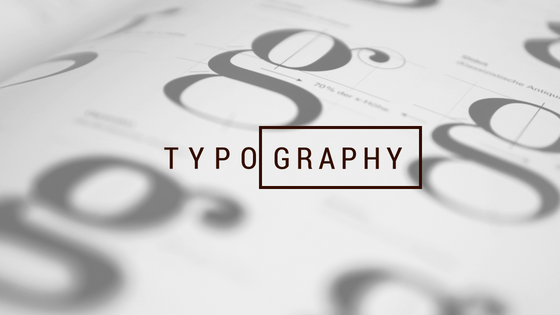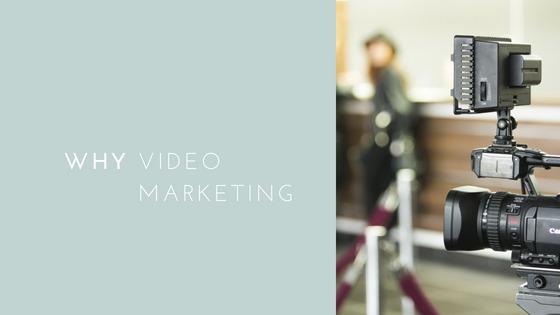Findings based on an analysis of 18,639 landing pages
Landing pages are an essential tool in helping inbound marketers generate more leads and convert them into prospects and customers. A landing page is a web page that allows you to capture a visitor’s information through a lead-capture form (ads, social media, email link, etc.). It’s an effective way to target your audience, offer them something of value and convert a higher percentage of your visitors into leads. While also capturing analytics on demographic information and what they’ve converted on. The value and relevance of this offer has a major impact on the conversion rate, so it’s important to know what makes up a high performing landing page. Recently, Unbounce conducted a study of 18,639 lead gen and click-through landing pages to discover proprietary findings of specific attributes related to conversions.
What makes up a high performing landing page?
1. One Call-to-Action (CTA)
Pages with one call-to-action, meaning there’s only one place to click on your landing page, has an average conversion rate of 13.50%. While landing pages with 5+ links have an average conversion rate of 10.50%. This confirms landing pages that focus a visitor’s attention on one main call-to-action(or link) are more likely to earn conversions. CTAs are the most important element of a landing page, as it’s the best way to get users to take the action. They can use all different types of messaging to attract attention such as “Start a free trial”, “Contact us to learn more”, or “Get a free quote”.
2. Fast Page Speed
It’s mandatory for your landing page to load within a few seconds. Efficient and speedy landing pages are more likely to earn conversions. While landing pages with an image are more visually appealing, oversized images can cause the page to load slowly. This can lead to visitors bouncing and fewer conversions. In fact, 82% of landing pages have at least one image that needs compressing. Landing pages that have no images that require compressing have an average conversion rate of 11.40%. Pages with over 1MB of potential image compression have an average conversion rate of 9.80%. For more suggestions on how to reduce your page loading time, visit Google PageSpeed Insights.
3. Social Proof
Social proof (like photos of customers, testimonials, social media posts) establishes trust and ultimately persuade visitors to convert. Pages that have indications of social proof in the form of copy have an average conversion rate of 12.50%. In comparison to pages without that only convert at 11.40% on average.
4. Email Traffic
Marketers can drive traffic to a landing page from a variety of sources like social media, paid media, direct, etc. However, specifically, emails produced the highest average conversion rate at 13.0%. One survey shows that email marketing is 40 times more successful at acquiring new clients than Facebook or Twitter.
5. Mobile Responsiveness
As of the first quarter of 2018, 51.77% of global web traffic originated from mobile devices, meaning a mobile responsive landing page is guaranteed to boost conversions. Mobile responsive landing pages are pages that are designed to display on mobile devices with minimal resizing, panning and scrolling. It’s re-arranging the elements of the page to comfortably fit within the confines of a smaller screen. Landing pages with a mobile page have an average conversion rate of 11.70%, in comparison to those that don’t have a mobile page which converts on average at 10.70%.
6. Lower Word Count
It’s reported that 29.5% of landing pages have too much copy, with an average conversion rate of 11.10%. Landing pages that are word-count-conscious convert on average at 14.30%. The content on a landing page should briefly explain the value of offer clearly, simply, and in a compelling way.










